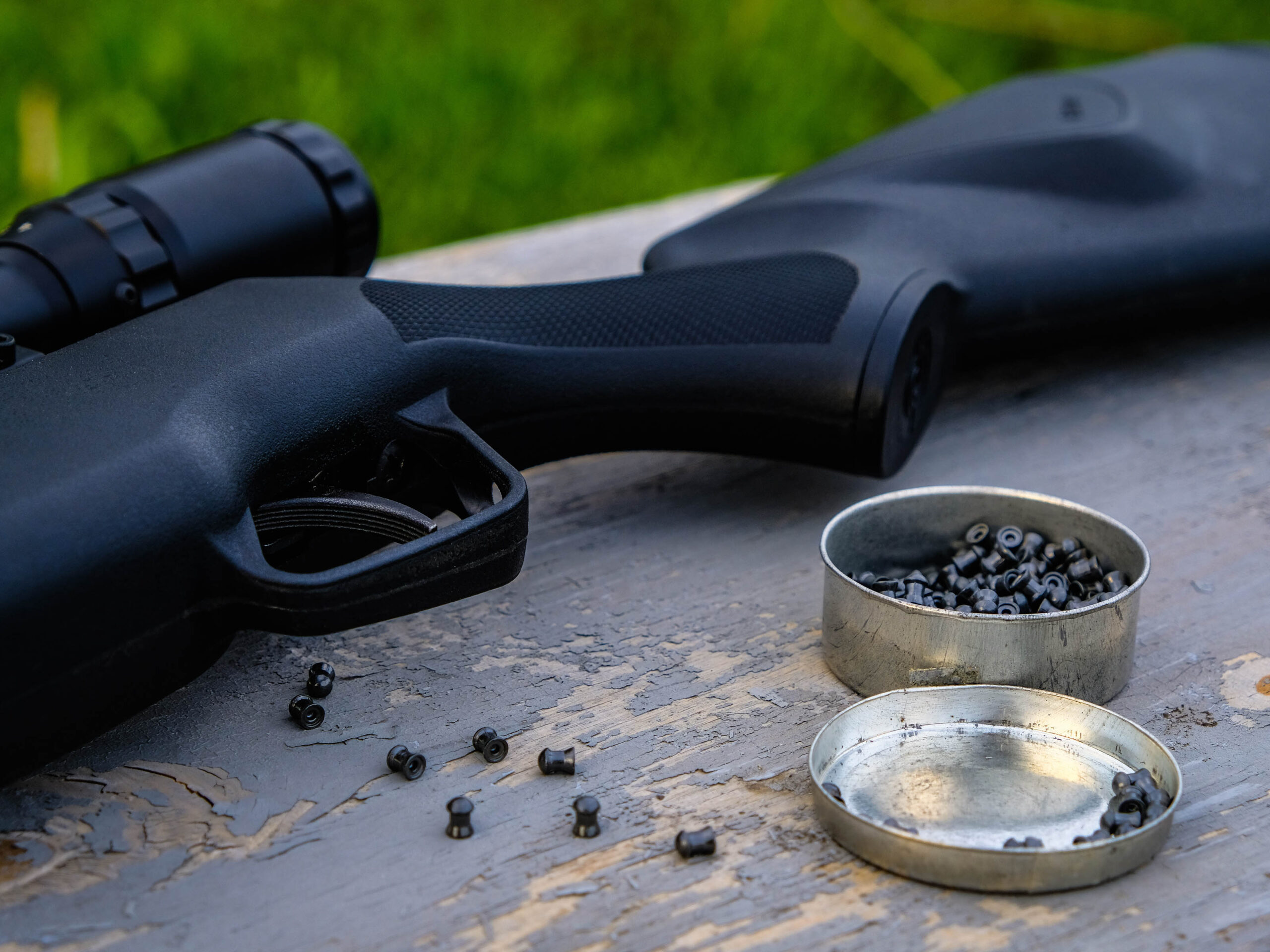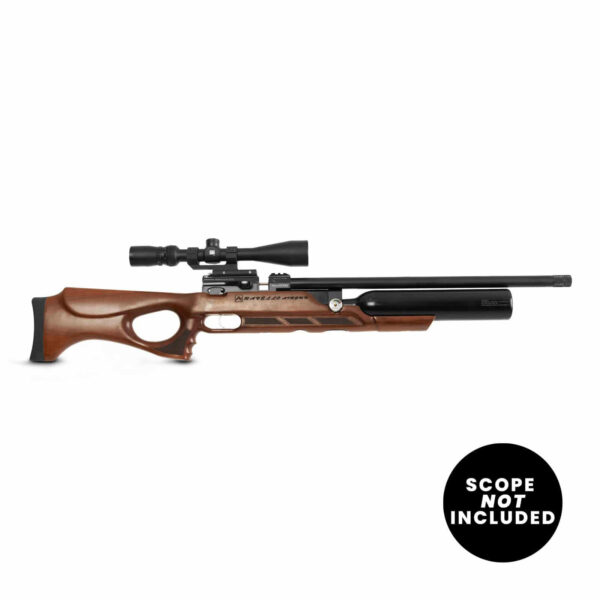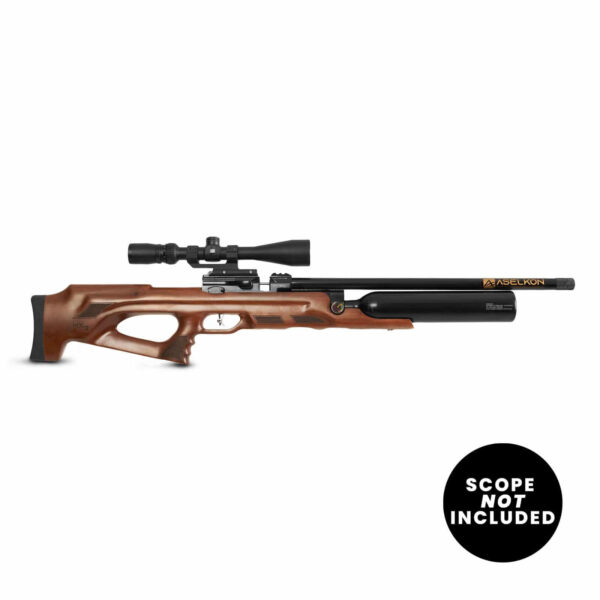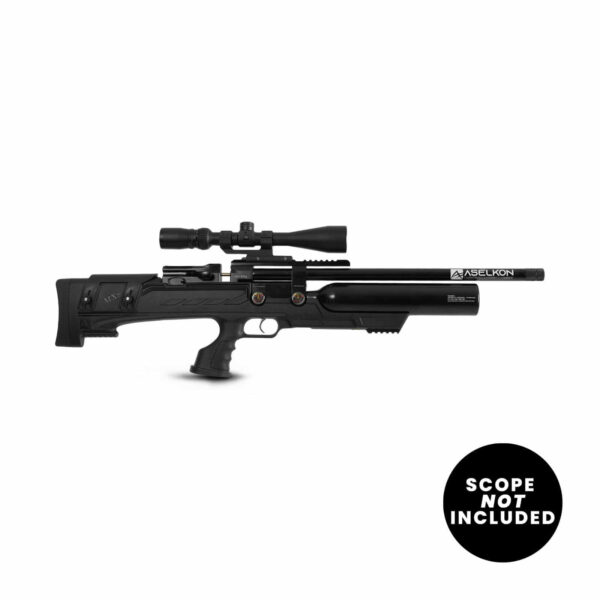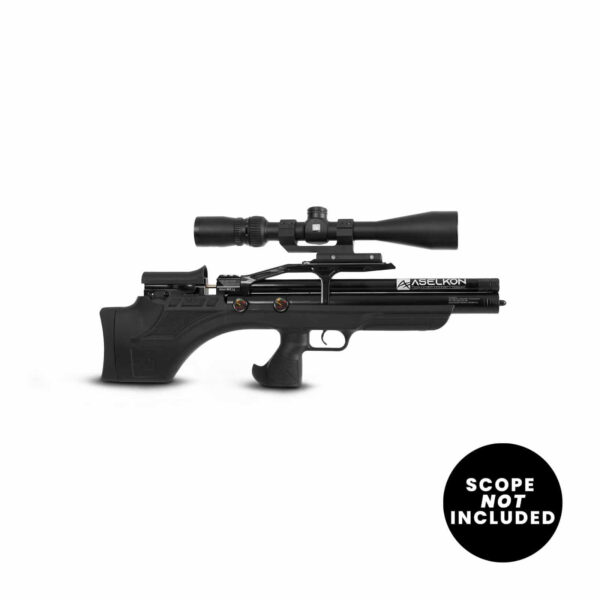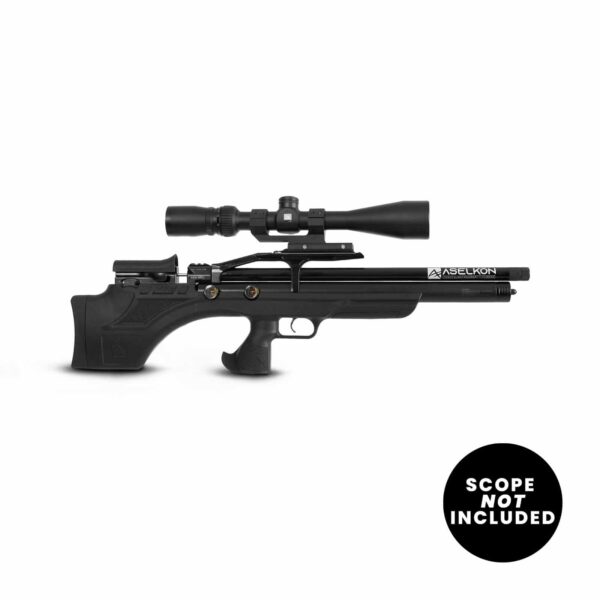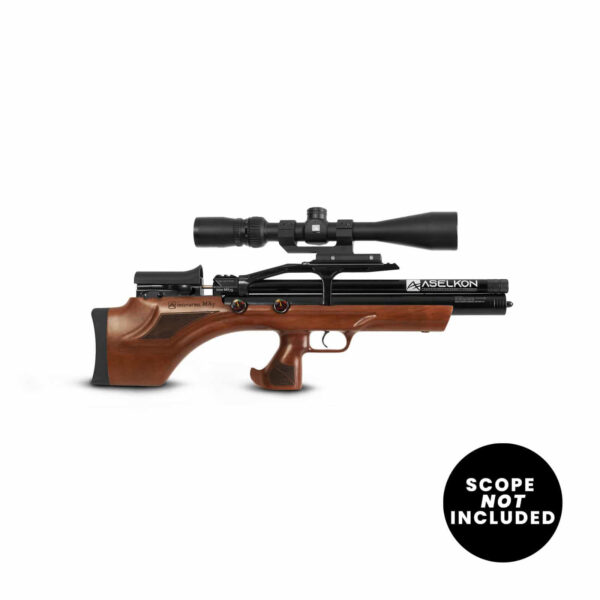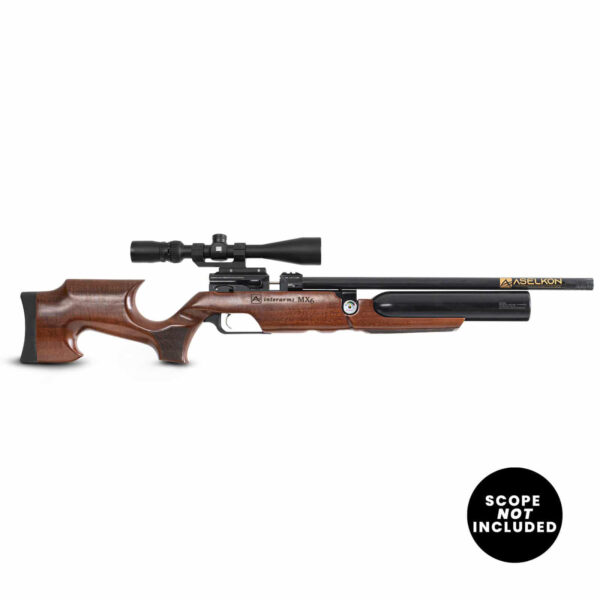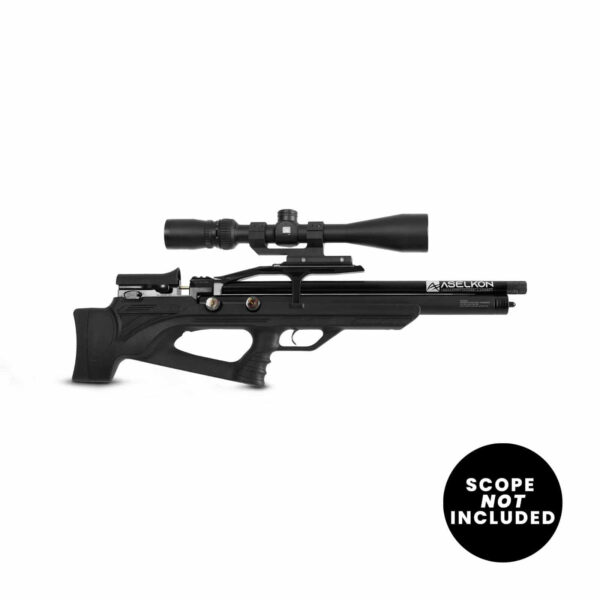Airguns are great for target shooting, hunting, and backyard plinking, but did you know that weather can change how they perform? Whether you’re shooting a big bore air rifle at 50 yards or testing a new side lever airgun, understanding how temperature and weather conditions affect air gun performance can help you improve accuracy and consistency. Let’s break down how different factors impact your shots and what you can do to adjust.
How Temperature Affects Airgun Performance
Temperature is one of the biggest things that can change how your airgun performs. If you’re using a compressed air rifle, colder temperatures can lower air pressure, reducing muzzle energy and making pellets travel slower. On the other hand, in hot weather, air expands, which can increase velocity but also affect shot-to-shot consistency.
For spring-piston air rifles, the cold can stiffen internal parts, making cocking harder and reducing power. Warmer temperatures help keep the spring flexible, allowing for smoother shooting. If you use CO₂-powered air guns, they are especially sensitive to the cold because CO₂ gas doesn’t expand as well in lower temperatures, leading to weak shots.
Humidity and Airgun Accuracy
Humidity, or moisture in the air, can also impact your air rifle performance. When humidity is high, the air is denser, which can slightly slow down the pellet’s speed. This may not be noticeable at short distances, but at 50 yards or beyond, it can make a difference.
If you’re using a heavier grain pellet, high humidity might affect its trajectory more than a lighter pellet. On dry days, your shots may travel faster and with less resistance. Adjusting your sights or scope based on weather conditions can help maintain accuracy.
Wind and Pellet Trajectory
Wind is one of the biggest challenges when shooting airguns. A strong crosswind can push pellets off course, especially lighter ones, if you’re shooting at longer distances, like 50 yards; even a slight breeze can throw off your aim.
To improve accuracy in windy conditions:
- Use heavier grain pellets since they are less affected by wind.
- Try to shoot when the wind is calm or wait for a break between gusts.
- Adjust your aim slightly to compensate for wind direction.
How to Adjust for Weather Changes
No matter the weather, there are ways to keep your air guns performing well.
Here are a few tips:
- Store Your Airgun Properly: Keep it at a steady temperature before shooting to avoid sudden pressure changes.
- Use the Right Pellets: A heavier grain pellet may perform better in windy conditions, while a lighter one may work well in calm weather.
- Check Your Air Pressure: If you use a compressed air rifle, make sure your tank is filled properly, especially in extreme temperatures.
- Test Different Conditions: Practicing in different weather helps you understand how your airgun reacts so you can adjust.
Get Consistent Performance with an Aselkon PCP Air Rifle
Weather conditions can affect the performance of your air rifle, but having the right gear makes all the difference. An Aselkon PCP air rifle from AirFire Tactical is built for reliability and precision, no matter the conditions. Its high muzzle energy, smooth side lever action, and powerful compressed air technology ensure consistent shots in various temperatures.
